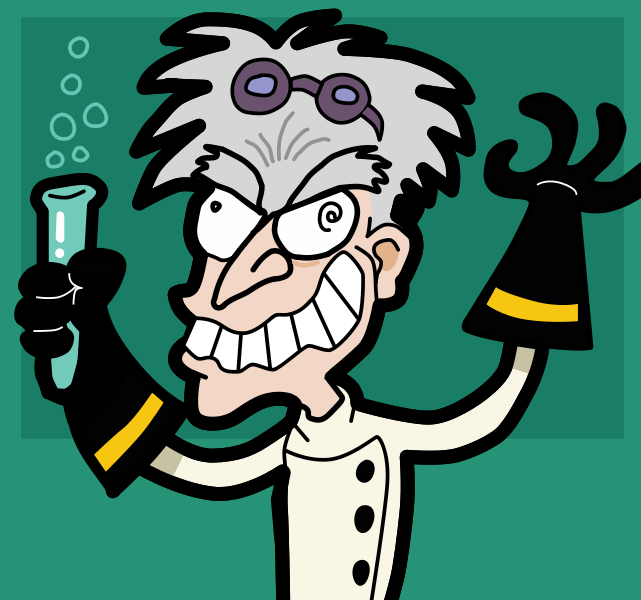 Wouldn’t it be wonderful to master techniques that can lead to breakthroughs in your research? No doubt you already have your own arsenal of qualitative methods, but we all can benefit from learning more. For your consideration, here are five approaches to the various techniques used to arrive at the findings in the articles and books on this Website:
Wouldn’t it be wonderful to master techniques that can lead to breakthroughs in your research? No doubt you already have your own arsenal of qualitative methods, but we all can benefit from learning more. For your consideration, here are five approaches to the various techniques used to arrive at the findings in the articles and books on this Website:
1. Take a look at the methods employed to build up the theories in the articles The Trojan Origin of Roman Civilization (TORC) and Theory of the Red Blood Cells. These are SP’s favorite historical and scientific theories, respectively. Actually, each contains a cluster of interrelated theories and hypotheses. In addition, you might wish to review the handling of the anomalies and shreds of evidence in Was Abderraouf Jdey the Anthrax Mailer? (The answer: “much more likely than not”; U.S. Army scientist Bruce Ivins seems to have prepared the anthrax before September 11, 2001 for a DoD project to test vaccines, then it was stolen from a DARPA project at George Mason University by an al Qaeda sympathizer.) You will readily spot parallels in the techniques employed in these three articles. All three appear in different versions, including commentary on the detective techniques used and citations, as chapters in Intriguing Anomalies: An Introduction to Scientific Detective Work.
2. Consult Chapters 9 and 10 in Apprentice to Paracelsus: My Search for the Secrets of Healing, specifically on the technique termed “Hypothesis- and Implication-Driven Analysis” but also on theorizing in general. The book contains two intertwined medical detective stories illustrating various techniques.
3. Consult Chapters 8 and 10 in Close-to-Nature Medicine. Chapter 8 deals with ways of developing and advocating new scientific ideas in the face of Scientific Rejectionism. Chapter 10 offers an analytical summary of lessons learned from the book’s scientific and medical research case studies in the fields of natural and close-to-Nature medicine.
4. Intriguing Anomalies: An Introduction to Scientific Detective Work contains a series of full-length cases, each with its own commentary on the art of detection, as well as a discussion of various methods and the issues involved in applying detective techniques, conceptual thinking, and theory building in the natural and social sciences. The final chapter pulls it all together.
5. The articles on planetary and Earth science in this Website offer a challenging case study of how to exploit one breakthrough to arrive at another, and then exploit that to arrive at yet another. Start with Jupiter, Venus, and Velikovsky and determine whether you think the steps in the argument are justified. You may also hit upon some new step of your own.
6. In The Knowable Past can be found a selection of articles from the Website, with a final chapter that analyzes the methods used to develop the various theories.
7. In the forthcoming novel Rosemarie, the heroine is a philosopher who conceives of the Theory of the Red Blood Cells and develops arguments to gain acceptance for it in the teeth of opposition. Then she takes on the controversy over Immanuel Velikovsky’s Venus theory and encounters more challenges to her Revised Venus Theory.
*****
Kenneth J. Dillon is an historian who writes on science, medicine, and history. See the biosketch at About Us. The most recent collection of his scientific and historical detective cases is The Knowable Past. See also the forthcoming novel Rosemarie.
